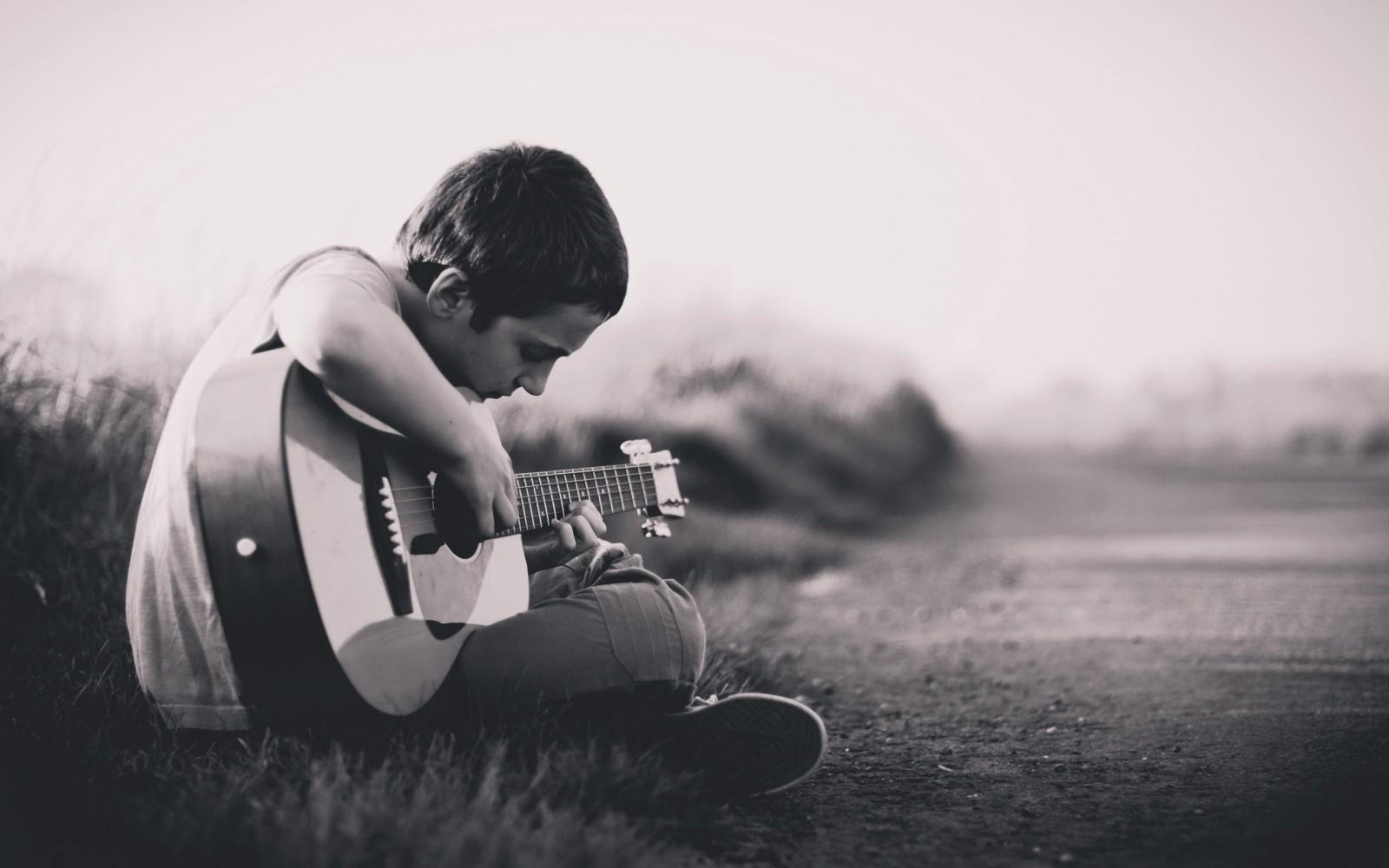Ever caught yourself Googling ‘How to play guitar’ after blasting a Metallica track? That moment when you think, ‘Damn, this is one epic guitar composition!’ and suddenly, you’re imagining yourself nailing those riffs.
You’re not daydreaming. In fact, you could turn this dream of yours into reality with hard work, consistency, mindset and a tutor.
Whether you’re planning to learn the guitar as a hobby or aiming to become a lead guitarist in a band, this guide will walk you through the essentials of guitar playing. From understanding different guitar types, like acoustic guitar and electric guitar, to exploring the soulful tones of jazz guitar and blues guitar, we’ll cover the foundations you need to get started.
In this article, you’ll discover how to place your fingers correctly on the fret string, read chord diagrams, and improve your fretting hand technique. We’ll explore everything from major chord and minor chord shapes to tuning your instrument, so you can confidently start playing and progress with the proper habits.
By the end of this article, you’ll also learn where to find the best tutors to begin your lessons and embark on your journey with this instrument, which is loved by many.
Let’s hit that first chord together and unlock the music waiting in your hands.
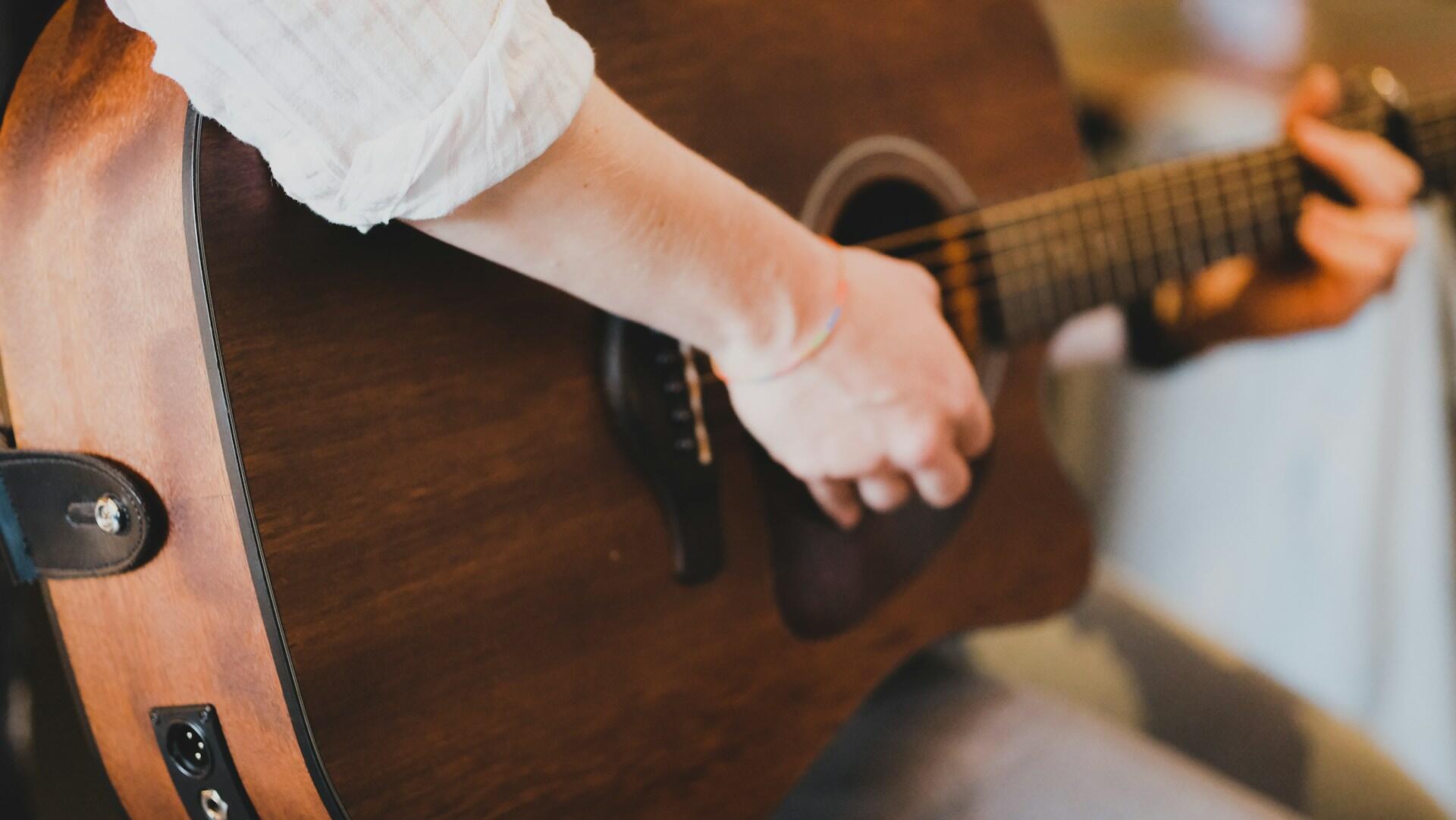

Beginner Guitar Guide: How to Start Playing and Explore Guitar Types
Okay, you have the adrenaline to play guitar, but you also might be wondering, How to start playing? When you’re just starting your journey on how to play guitar, it’s important to build a strong foundation so your learning experience is smooth, fun and enjoyable. Whether you prefer an acoustic, electric, or electric acoustic guitar, the basics of posture, finger placement, and practice remain the same.
Many people tend to skip this because they're so eager to learn their favourite songs and play in front of the person that they want to impress (maybe), but you get the point. But, we don’t want you to make the same mistake, so here’s a step-by-step guide to help you learn the stringed instrument and start playing with confidence:
1. Posture & Holding the Guitar
- Sit up straight with both feet flat on the floor, holding your beginner guitar so the body rests on your right thigh (depending on your dominant hand).
- Keep the neck angled slightly upward and your shoulders relaxed. This makes playing more natural and helps you develop proper habits.
Prefer video guidance? Here’s a video where an experienced artist tells you how to hold your instrument comfortably, rest your fretting hand, and position your fingers correctly.
2. Hand Position & First Steps
- Your left fretting hand presses the strings against the frets, while your other hand strums or plucks.
- Place your index finger just behind the index finger fret for a clean tone. Add your index finger, middle finger, and ring finger as you progress.
- Avoid pressing too hard — the best way to start learning is with light, controlled movements. This prevents tension and leads to bad habits.
Here’s a video guide for finger exercises to strengthen your fretting hand and improve finger fret string control. Watch it till the end!
3. Remember the string notes
The guitar has six strings, each named after the note it’s tuned to:
- Low E (thickest, lowest pitch)
- A
- D
- G
- B
- High E (thinnest, highest pitch, two octaves above the low E)
Essentially, the strings are named E–A–D–G–B–E, from thickest to thinnest. There’s a mnemonic phrase that is largely used by teachers to make it easier to remember:
Eddie Ate Dynamite, Good Bye Eddie.
Here’s how it lines up:
- E: ddie = E (low E string)
- A: te = A (A string)
- D: ynamite = D (D string)
- G: ood = G (G string)
- B: ye = B (B string)
- E: ddie = E (high E string)
You can also create your own version to make it easier to remember.
Watch the video below to see all the open strings on a guitar clearly.
4. Beginner Guitar Chords: The Best Chords to Start With
Learning how to play a few simple chords that every beginner should know. These chords help you get comfortable with fingers, frets, and strings, and are the foundation for playing thousands of songs.
- E minor (Em)
- Fingers needed: 2
- How to play: Place your index finger on the 2nd fret of the 5th string (A) and your middle finger on the 2nd fret of the 4th string (D), then strum all the 6 strings.
- Why it’s beginner-friendly: It’s versatile, appearing in many tracks, making it a great starting point for building skills and confidence in playing guitar.
- C major (C)
- Fingers needed: 3
- How to play: Place your index finger on the 1st fret of the B string, the middle finger on the 2nd fret of the D string, and the ring finger on the 3rd fret of the A string. Then, strum the bottom four strings.
- Why it’s beginner-friendly: It uses simple open chord shapes and is commonly used. This makes it easier for beginners to practice basics like finger placement and strumming patterns.
- G major (G)
- Fingers needed: 3
- How to play: Place your middle finger on the 3rd fret of the 6th string (low E), your index finger on the 2nd fret of the 5th string (A), and your ring finger on the 3rd fret of the 1st string (high E). Leave the D, G, and B strings open, then strum all six strings.
- Why it’s beginner-friendly: The G major chord uses simple open strings and a comfortable hand position, making it one of the easiest chords to learn.
- D major (D)
- Fingers needed: 3 (simplified “Dsus4” style)
- How to play: Place your index finger on the 2nd fret of the 3rd string (G), middle finger on the 2nd fret of the 1st string (high E), and ring finger on the 3rd fret of the 2nd string (B). Strum from the 4th string (D) down, avoiding the top two strings (A and low E).
- Why it’s beginner-friendly: The D major chord is an open chord, meaning some strings are played without fretting. It has a small, easy-to-reach shape and introduces controlled strumming, helping beginners to build proper finger habits.
These beginner chords are easy to finger, widely used in many tracks, and help you start playing confidently. Whether exploring jazz guitar, blues guitar, or electric guitar, mastering these basics is the best way to build your skills.
Watch the video below where an expert demonstrates each one of these chords to understand them clearly. A few of these chords can be played with only 2 fingers. Watch the video to learn.
5. Practice Guidelines
- Short and daily practice sessions (10–15 minutes) are better than long, irregular ones.
- Start slow, focus on accuracy, then build speed.
Track your progress to stay motivated, whether you’re learning jazz guitar, blues guitar, or preparing to solo like a lead guitarist in a band.
By focusing on posture, finger placement, and fretting hand technique, you’ll learn to play step by step, avoid bad habits, and develop proper ones that make your playing more fun and effective, as we explore why the guitar is more than an instrument.
Essential Tips for Mastering Different Guitar Types and Styles
To start learning guitar in any style, you need to know the basics.
To play rock, blues or pop, you'll need to: train and muscle your fingers, gain flexibility, strength, speed, coordination and precision. You'll need to master your fretboard and work on your fingerstyle. You can also do daily harmonic or arpeggio exercises - and you might benefit from learning a bit of theory.
Each genre has its own codes and characteristics, and this will condition the efforts and time for you to totally master it. Whilst blues is usually based around the pentatonic scale, for example, the guitar solos in jazz are much more complex, working with different chord progressions and melodies.
Whether it's funk, rock'n'roll, hard rock or punk, a guitar player is bound to encounter difficulties during his training and lessons. It’s important to let go of preconceived notions around the instrument and different styles, and focus on building proper finger fret technique, open strings, and control over the low strings and high notes.
How to Develop Skills in Jazz, Blues, and Electric Guitars?
To become a skilled guitarist in a particular style of music, there are three aspects to consider, regardless of the genre:
- Effectively train your fingers: this is the basis of your guitar practice. If your fingers aren't sufficiently trained and if all your muscles aren't warmed up, you'll never achieve all the potential development desired in your specific style. By working out your finger muscles and the flexibility of your wrists and forearms, you'll be able to control your fingers while being relaxed and at ease.
- Acquire the necessary tools to play the desired genre. Each style requires you to acquire its own techniques, singular scales, basic chords, and so on.
- Develop an artistic experience in the style you want to play on the guitar by putting into practice the genre's famous techniques. By knowing how to use these various techniques, a musician will enrich their game and progress.
And yes! The guitar is beneficial for your health, and you can make a living out of it.

Some Styles of Guitar for You to Learn
Rock'n'Roll
Rock 'n' roll appeared in the 1950s in the United States. It came from blues, rhythm & blues, country and gospel. Famous guitarists like Chuck Berry, Little Richard and Bill Haley propelled it and brought music into a new era.
To learn this genre, you need to equip yourself with a vintage semi-hollow guitar, such as a Gibson ES or a solid body, such as a Telecaster.
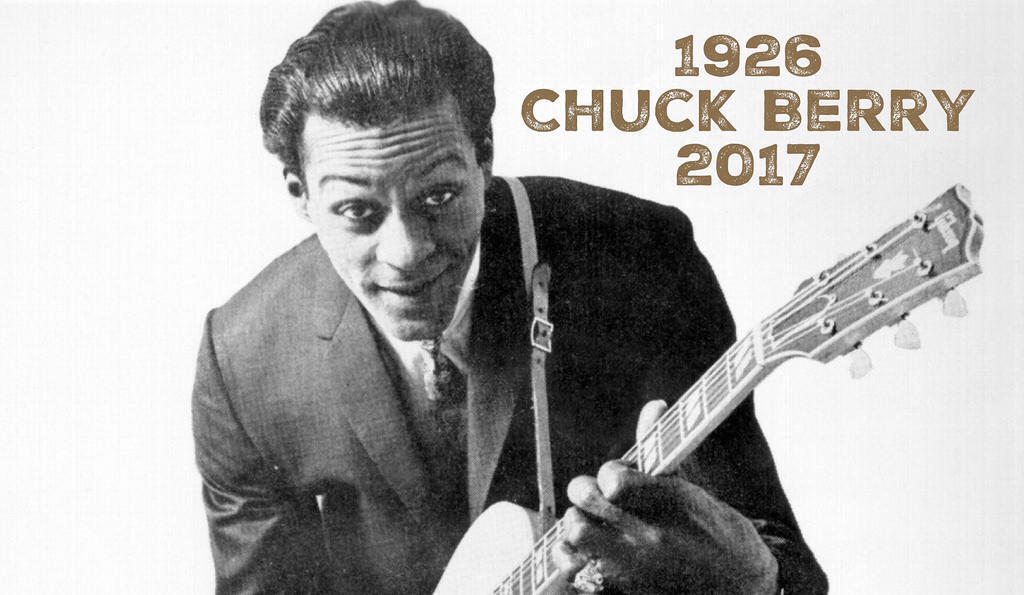
Each tone must be sharp to favour fast and jerky rhythms. The amps are powerful, and there are practically no audio effects, even though some reverb can be used.
Rock
In the logical extension of rock'n'roll, rock has become the unavoidable movement of the electric guitar. It's less of a dancing evolution than its predecessor. It paved the way for what we called the first "guitar heroes", such as Jimi Hendrix, Jimi Page, Clapton or Jeff Beck in the 60s.
To play rock, you need a minimalist spirit because it's built around powerful sound. Rock is driven hard on the basis of chords mostly stemming from blues.
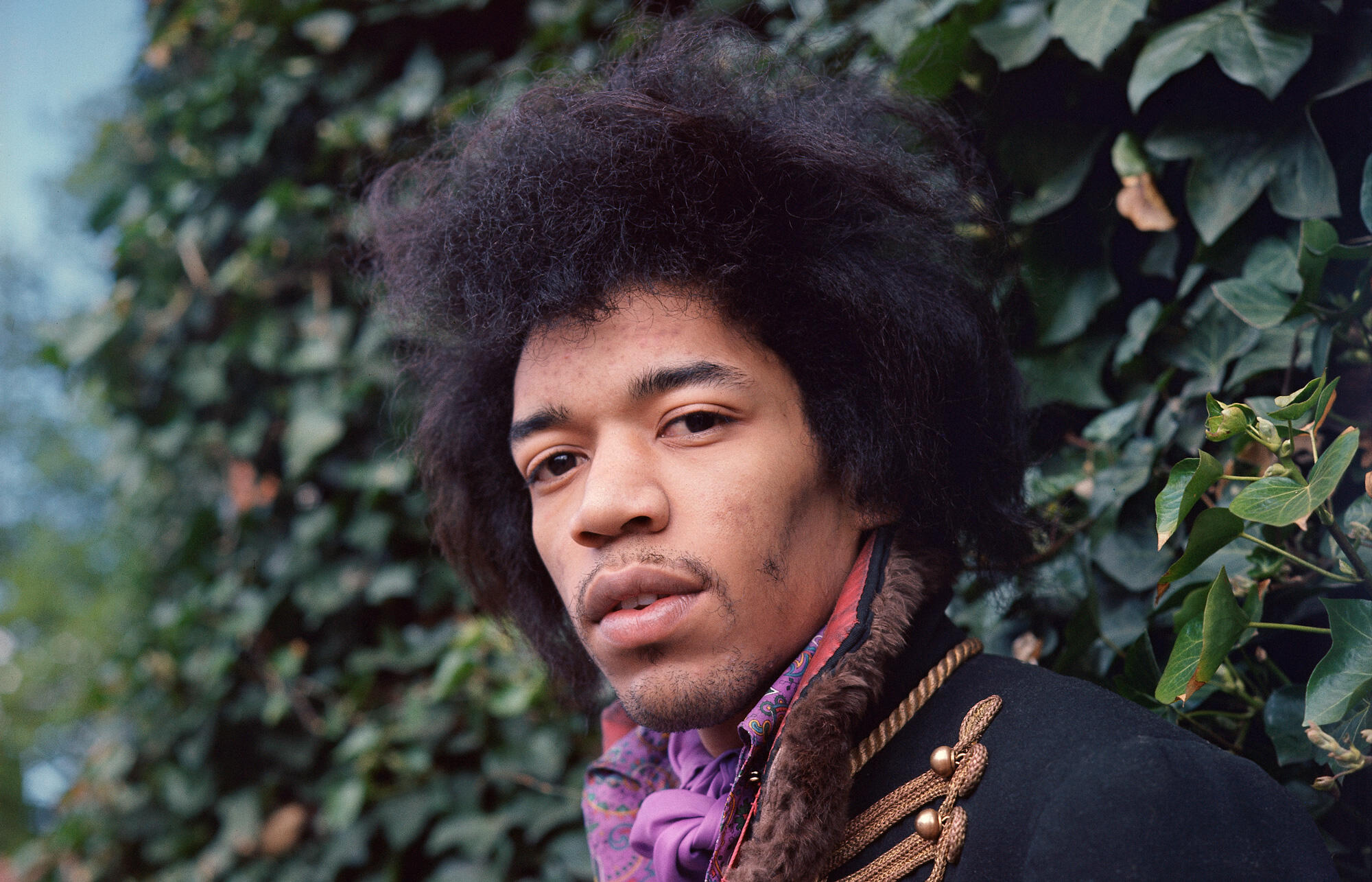
A guitar like a Les Paul (Gibson) or a Stratocaster (Fender) is ideal. For sound effects, just turn to a wah pedal or a fuzz for solos.
Hard Rock
Developed around rock and in a similar but more violent spirit of rebellion, hard rock highlights guitars and their distortions with singing.
Many bands such as AC/DC, Van Halen, Guns N' Roses, Extreme, Scorpions and Bon Jovi, but also Black Sabbath, Led Zeppelin and Deep Purple are among the greatest.
To play this extreme music style, you have to push rock to its utmost. It's a muscular genre: riffs are heavier, contain more distortion, singing is often perched in the treble, volume is impressive, and guitars are often carried very low at the end of the strap.
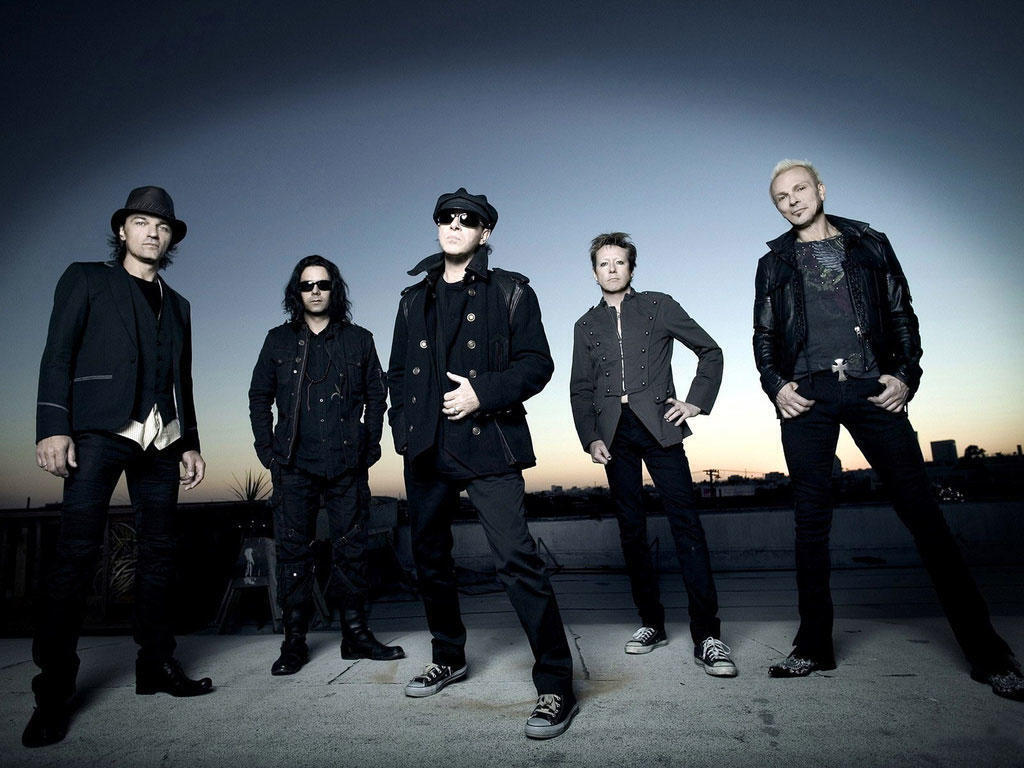
Guitarists become virtuosos.
Heavy Metal
Slightly different from hard rock, heavy metal is inspired directly by rock and not blues. Sounds are harder and riffs are heavier.
Heavy metal is also inspired by classical music, imprinted with blackness. Some guitarists even know how to play it with one hand.
For those who like distorted loud effects, who love music built around an extreme sense of rhythm, a melodic song and death or underworld-inspired themes, then heavy metal meets your requirements. And yes, we're far from classical guitar lessons.
Heavy metal is mainly powerful distortions, syncopated rhythms, variations of a single piece and a multi-pedal system to multiply sound effects.
Looking for tracks that will wow the crowd? We’ve got you covered – check out our article here.
Funk
For Nile Rodgers, Bootsy Collins, George Clinton, but also Jamiroquai, James Brown, Earth, Wind and Fire fans, funk is the style of groovy rhythms.
Basic notions are required, such as rhythmic flow, swing, accentuation, etc. If you don't know these, ask your teacher for help during your lessons.
To play funk, train with a metronome as often as possible to set your game on an accurate rhythm. Slow down the tempo of certain exercises to assimilate the right hand and start your exercises with a clear sound, without effects.
Once you master the rhythm, add on a wha-wha pedal or a Phaser.
Rhythm – the basis of funk – is mostly based on sixteenth notes: the left hand is placed entirely on the strings so as to smother them slightly, and the right hand makes back and forth movements (called strumming).
Volume is constant, and one shouldn't be afraid to strike the strings thoroughly to gain in sound and assurance.
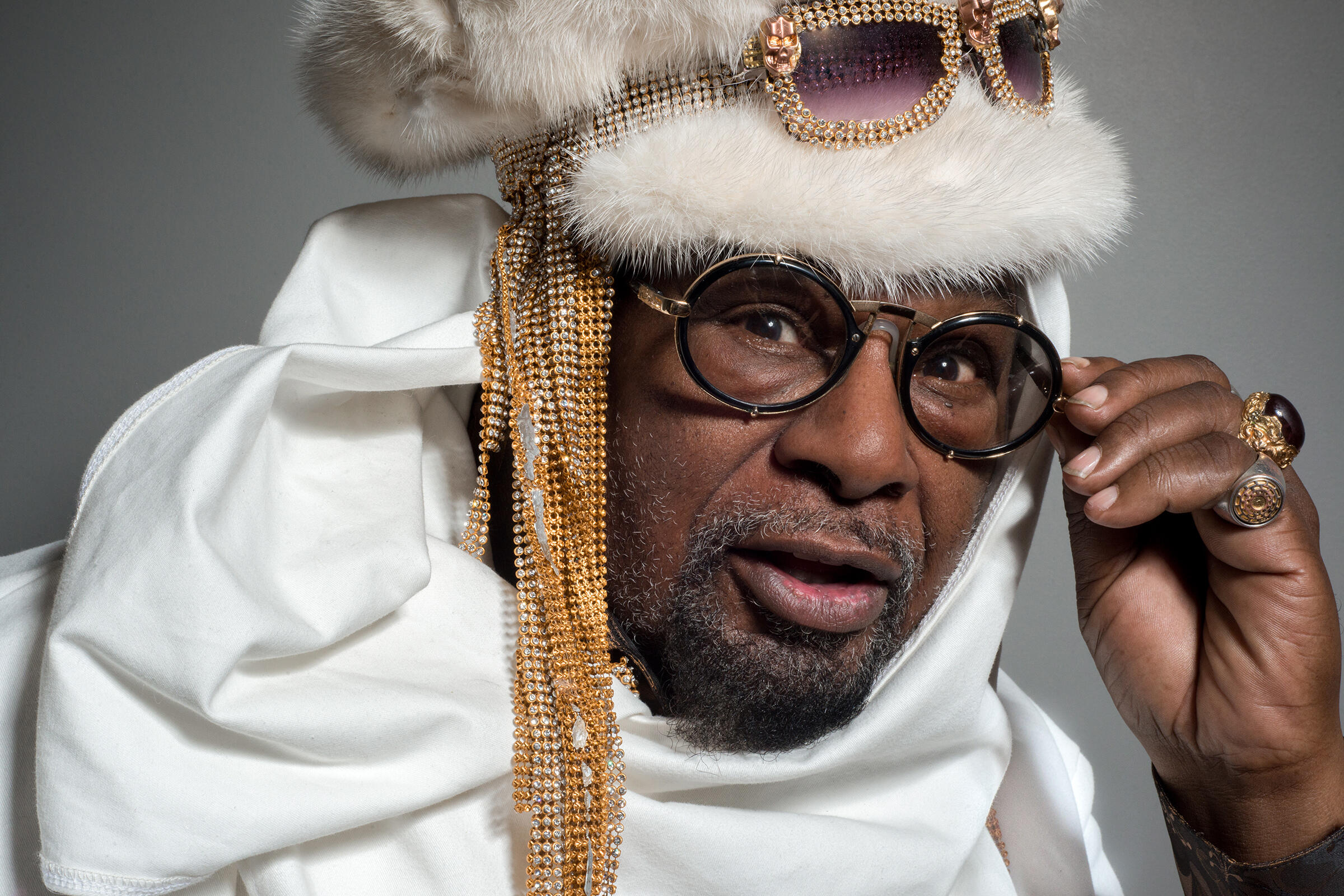
Reggae
Reggae is a style from the Caribbean, especially Jamaica. Bob Marley and his band, The Wailers, widely popularised it.
With the right hand, notes are performed with a pick (downstrokes) and the setbacks are made in return. With the left hand, you obtain silences by suspending fingers while maintaining contact with the strings.
It's imperative to play "staccato" and not let the tone last. It's imperative to play "staccato" and not let the tone last. Did you know that there are lots of myths around the guitar?
Reggae regularly uses a technique that alternately plays the fundamental note in the bass and the acute notes of a chord (with fingers or a pick).
Country
Country is an American style, especially in the southern regions of the USA. We recognise this musical genre by its tone, rhythms and chords.
To play country on the guitar, you must master pick strokes. Prefer metal strings (forget nylon ones) that are thicker and therefore resonate louder, even if they're harder on your fingers.
Country is performed as follows: a bass accompaniment with alternating chord positions, low-string notes with a brushed chord on the acute strings.
Jazz
Jazz is surely one of the bases for any current music. Originally, we electrified it to give more projection to an acoustic guitar. It's this style that saw the birth of guitar microphones.
Solid body guitars, such as a Rickenbacker, will enable you to play as Birelli Lagrene, Pat Metheny, John McLaughlin or Django Reinhardt did.
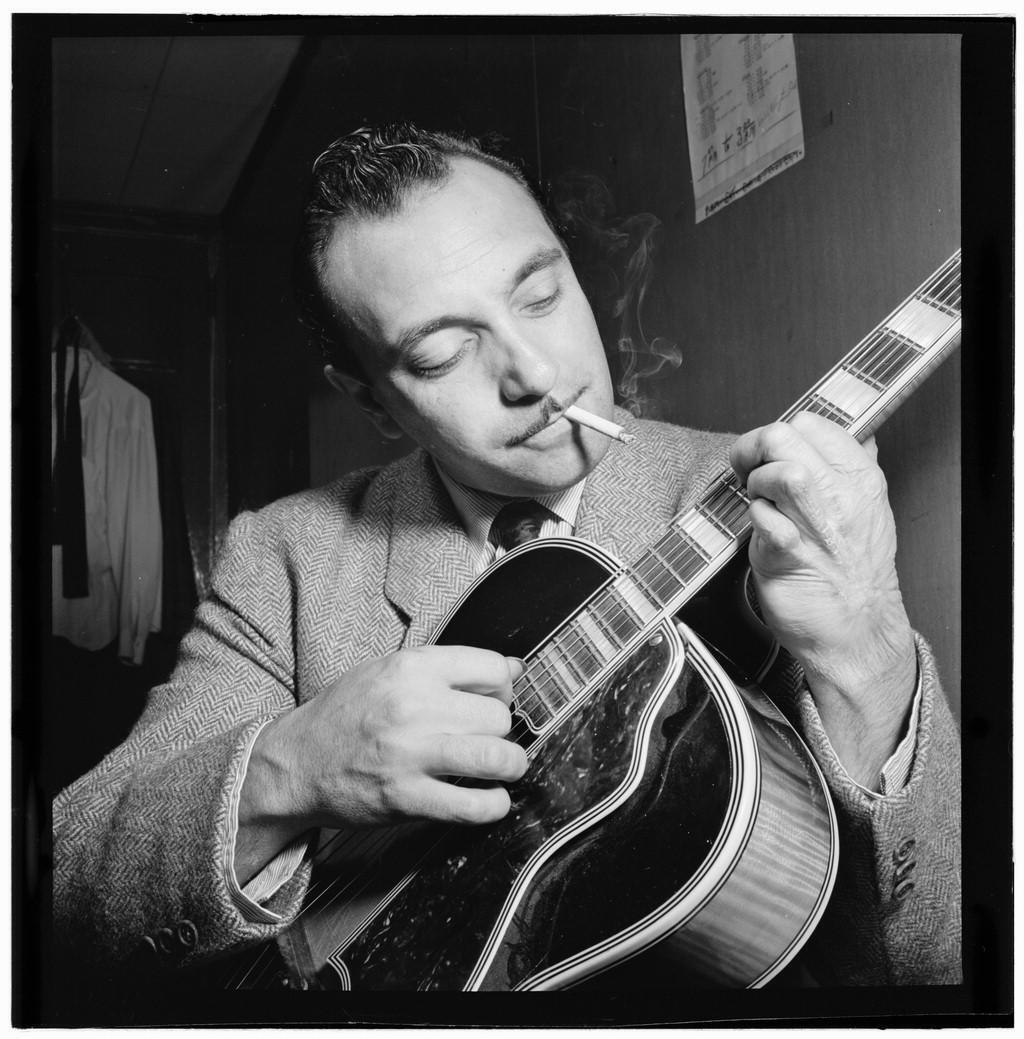
To play jazz, you must use amps with powerful, clear and homogeneous sounds. The guitars have deep tones with high sustain.
Note that you must master improvisation basics and be experienced. It's required to know how to play the guitar well enough.
The best part? Playing jazz guitar not only sharpens your creativity and reduces stress but also makes it easier to start with the proper gear from trusted Singapore shops like Swee Lee, Davis Guitar, and City Music.
Blues
Blues is as old as jazz, although it precedes it in the specific guitar history. Blues is recognisable in its approach and emotion it releases: it's a music of rage, anger, hope, and lamentation.
The basis of blues is the progression of 3 chords, 12 measures and a characteristic tempo. Technically, you'll have to master bends, slides and bottleneck game to render a generally clear and warm, slightly saturated sound.
BB King, Stevie Ray Vaughan, Albert King, Clapton and Hendrix knew how to master this style brilliantly. Hendrix was also a blues guitarist (see our article: How to play the guitar when we are left-handed?).
Pop
Pop was born from the Folk movement in the United States, inspired by revisited Irish ballads. Today, this style is somewhat overused, and pop is identified as "international variety". Yet great bands popularised it, such as The Beatles, REM, U2, Dire Straits, Genesis, The Police or even Toto.
Pop is the result of rock arrangements. It changed material needs, notably in terms of audio effects: multi-effects racks, endless pedals, extreme compression and a guitar such as a Stratocaster or a Telecaster are enough to turn you into a pop guitarist.
Beyond the music, did you know that playing the guitar also comes with proven health benefits?
Recap: Some Guitar Styles to Learn.
| Rock 'n' Roll | The original electric guitar music. |
|---|---|
| Rock | Pop music with distorted guitars. |
| Hard Rock | Not as dark lyrics as metal, but distorted guitars and driving bass and drum lines |
| Heavy Metal | Distorted guitars, guttural vocals, and heavy bass. |
| Funk | Complex rhythms and catchy bass grooves |
| Reggae | Syncopated rhythms. |
| Country | Fingerpicking, simple chord work, and vocals. |
| Jazz | Expected complex harmonies and rhythmic innovation |
| Blues | Based around twelve bar progression and a pentatonic with the 'devil's note'. |
| Pop | Simple chord progressions |
This isn’t all there is to know – there’s plenty more about the guitar that might surprise you. But when you’re just starting out, you don’t need to know everything at the get-go. You can pick things up as you go.
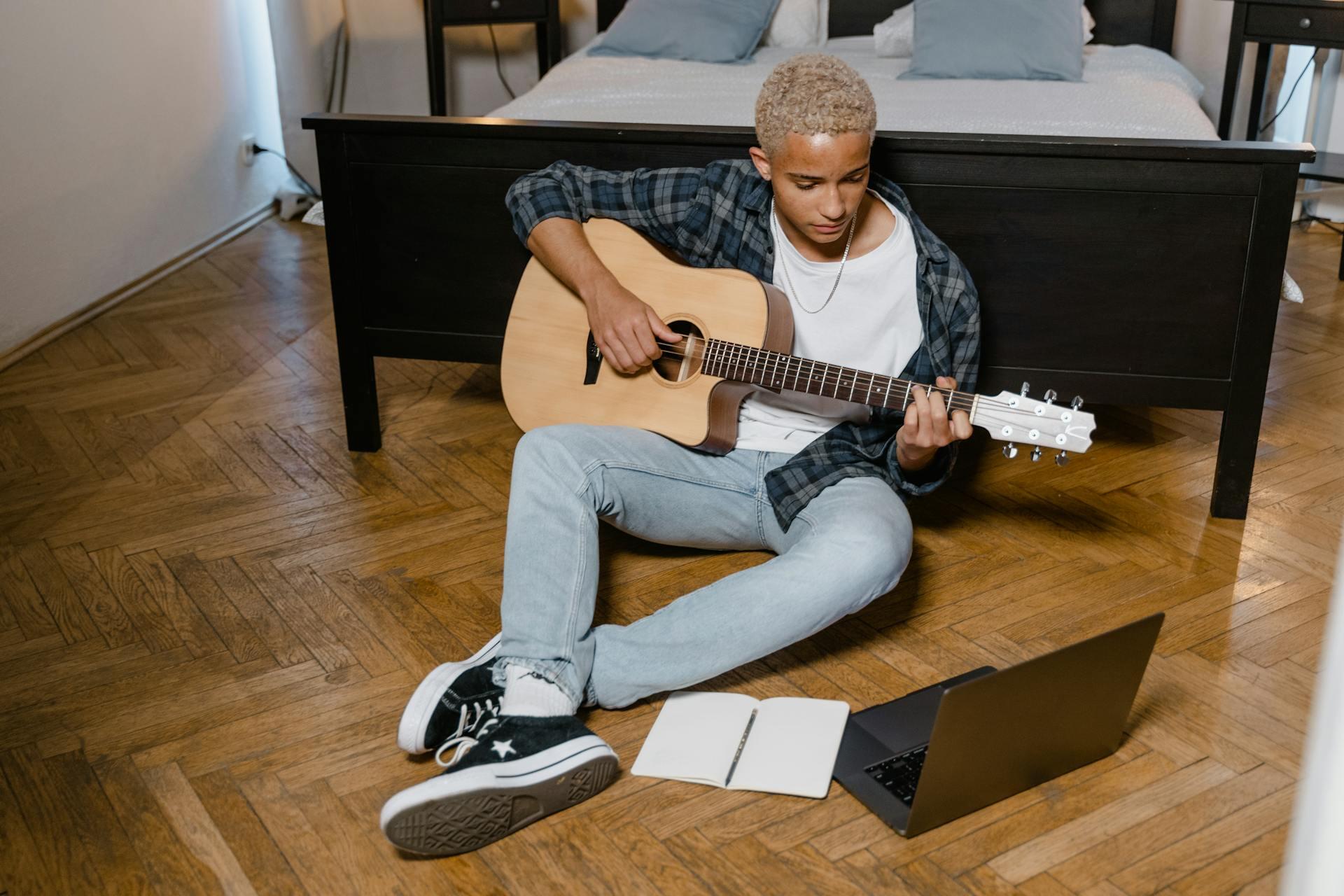
Where to Learn Guitar in Singapore: Jazz Guitar, Blues Guitar, and Electric Guitar Lessons
If you’re in Singapore and eager to discover how to play guitar, you’ll find plenty of options to suit your style and budget. For any beginner guitar player, it’s natural to start playing by exploring free online resources – after all, that’s where most of us will look for them. From YouTube tutorials to downloadable guitar chord charts, you’ll find plenty of ways to practice your favourite songs and learn guitar chords step by step.
Alternatively, you can also learn guitar at your own pace through structured lessons and video tutorials. Platforms like Udemy offer you to learn guided guitar lessons at your own pace and time. Once purchased, these lessons are yours for life, so you can learn anytime.
Another tried-and-true method is word of mouth – asking friends where they learned can help you find trusted local teachers who understand your goals, whether you’re into acoustic guitar, electric guitar, or even niche styles like jazz guitar and blues guitar.
Bill Gates once said:
Everyone needs a coach. It doesn't matter whether you're a basketball player, a tennis player, a gymnast, or a bridge player… We all need people who will give us feedback. That's how we improve. ― Bill Gates
This is also applicable to learning an instrument. A coach helps you practice correctly, guides your fingers to the right frets, and ensures you start learning guitar the best way possible.
That’s where Superprof comes in.
We connect learners with the best tutors worldwide, and in Singapore alone, we have 22,842 verified tutors ready to help you. Whether you want to pick up the guitar for fun or prepare to perform with a band, you’ll find the right tutor to guide you.
Here’s how to get started:
- Go to our website and register for an account.
- Enter your address or postcode in the search bar.
- Browse tutor profiles, including their teaching style, experience, and whether they teach online or face-to-face.
- Once you’ve found the perfect fit, drop them a message to ask questions before booking a class. Our tutors typically reply within a few hours-check out our average reply time.
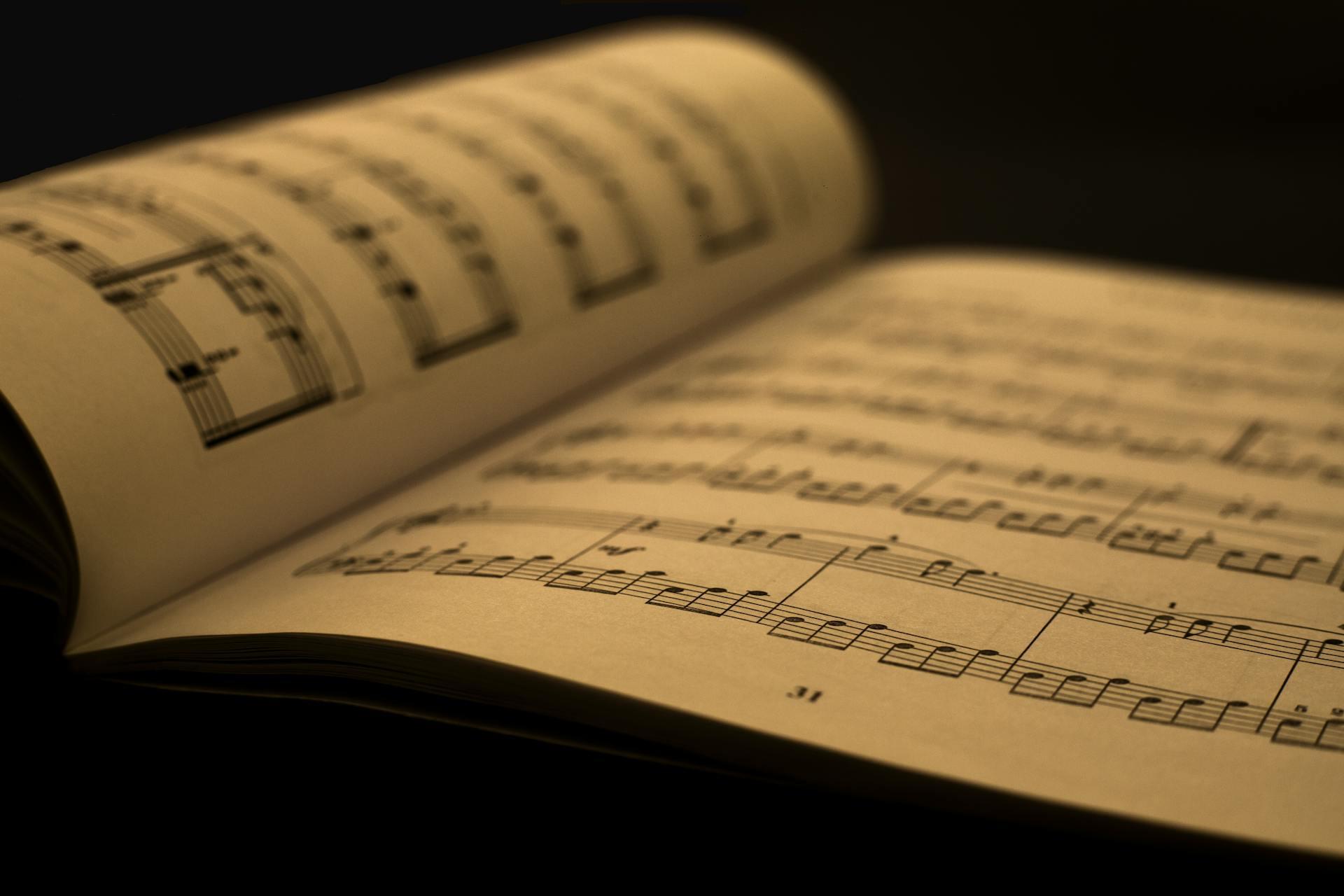
Why learn with a Superprof Tutor?
- They’ll teach you everything – from placing your index finger and middle finger on the correct fret to forming your first major chord and minor chord.
- You’ll understand how to use chord diagrams and string notes to improve your playing.
- Tutors guide you on how to tune the instrument for the best tone.
- They’ll help you practice chords, play notes, and even explore different guitar types depending on your goals.
- They’ll customise the lessons to match your pace and learning style.
- You can choose to have the class online/in person.
- You can agree on a schedule that works for both of you – so your lessons flow smoothly without conflicts.
- You’ll get immediate feedback so you can make sure you’re progressing smoothly without picking up bad habits.
And the best part? Many tutors even offer the first class for FREE – so you can try before you commit.
So, don’t wait. The best way to start your journey is with someone who can guide you every step of the way. Many of your favourite guitarists had a tutor or a tutor figure to teach them how to play when they began their journey. So, connect with a Superprof tutor today, and discover how far your guitar playing can take you!
All the best – go on and hit those notes!

